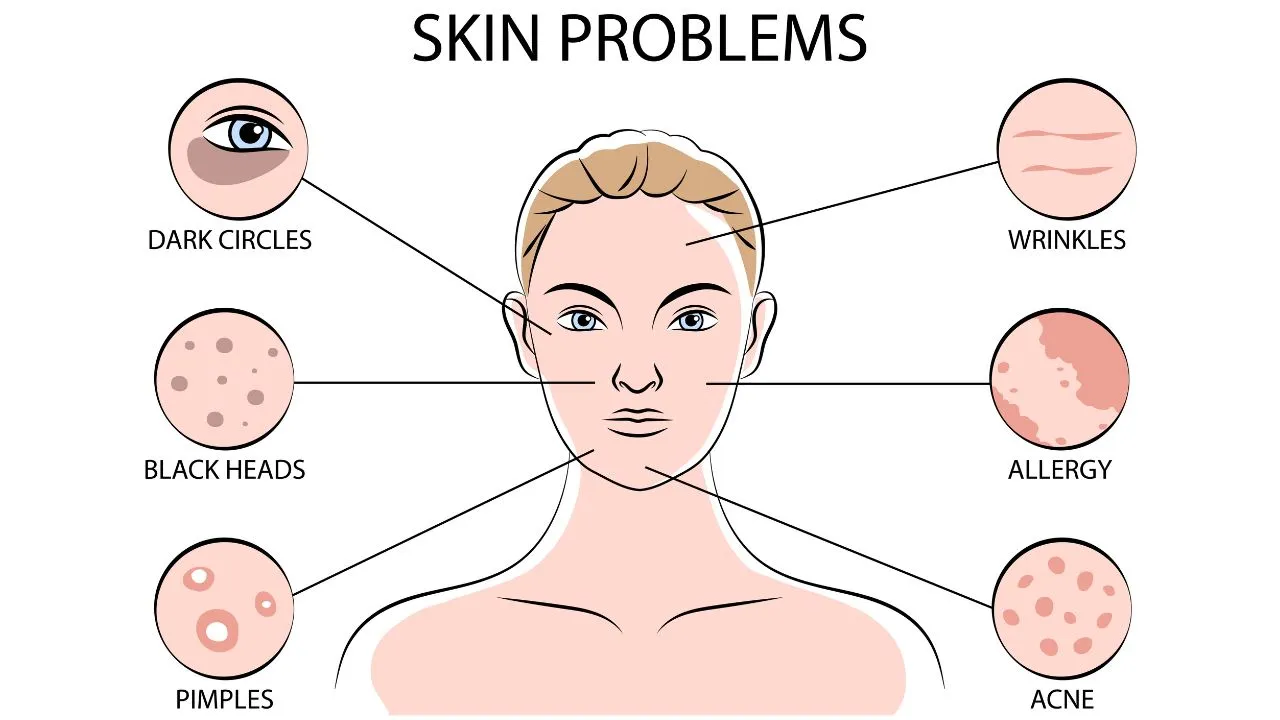Navigating Skin Cancer Cells Therapy: The Important Role of Mohs in Modern Dermatology Practices
Skin cancer cells, a daunting medical diagnosis, frequently leaves patients grappling with countless treatment choices. As we explore the details of this procedure, one will certainly appreciate its critical duty in skin cancer therapy.
Understanding Skin Cancer Cells: Types and Threats
There are 3 major types of skin cancer: Basal cell cancer, Squamous cell cancer, and Cancer malignancy. It accounts for only regarding 1% of skin cancer cases yet creates the huge bulk of skin cancer deaths. Threat variables consist of fair skin, history of sunburn, excessive sunlight direct exposure, living at high elevations or shut to the equator, having numerous moles, a family history of skin cancer cells, and damaged immune system.
What Is Mohs Surgical procedure and Exactly How It's Changing Skin Cancer Treatment
Regardless of the numerous therapies presently available for skin cancer, Mohs surgical treatment stands out as a groundbreaking and very effective option. Called after Frederic E. Mohs, the physician that created the procedure, Mohs surgical procedure is a precise surgical method made use of to deal with skin cancer cells. This level of precision, integrated with the capacity to spare as much healthy tissue as possible, is reinventing skin cancer treatment.
The Benefits of Mohs Surgical Treatment Over Typical Skin Cancer Cells Therapies
Building on the cutting-edge nature of Mohs surgery, it's imperative to consider its various advantages over standard skin cancer cells treatments. Unlike guidelines, Mohs supplies a higher cure price, commonly reaching 99% for novice therapies and 94% for recurring cancers. This accuracy results from its special technique of considerably removing and taking a look at cells layers until only cancer-free cells stay (dermatologist). Furthermore, it decreases damage to healthy and balanced skin, bring about less scarring and improved aesthetic results. Mohs also supplies instant outcomes, getting rid of the anxiety-ridden wait usual with various other methods. It's cost-efficient, as the surgical procedure and microscopic exam occur concurrently, removing the need for added lab solutions. Therefore, Mohs represents a significant advancement in skin-related methods.
The Procedure of Mohs Surgical Treatment: What to Anticipate During the Process

Prospective Negative Effects and Post-Operative Treatment of Mohs Surgical Treatment
Going through Mohs surgical treatment, like any type of other surgery, includes possible adverse effects that individuals should know. Usual adverse effects include pain, wounding, and swelling at the surgical treatment site. These are generally momentary and manageable with over the counter discomfort medicine and ice packs. In uncommon instances, patients these details may experience infection, blood loss, or an allergy to the anesthetic. Post-operative care is vital to recovery and minimizing negative effects. This generally involves keeping the wound clean and dry, taking proposed medicines, and preventing arduous tasks. Patients ought to also go to all follow-up visits for injury treatment and surveillance. In many cases, added therapies may be necessary to ensure complete removal of the cancerous cells. Sticking to these post-operative care standards can greatly enhance healing and results.
Verdict
